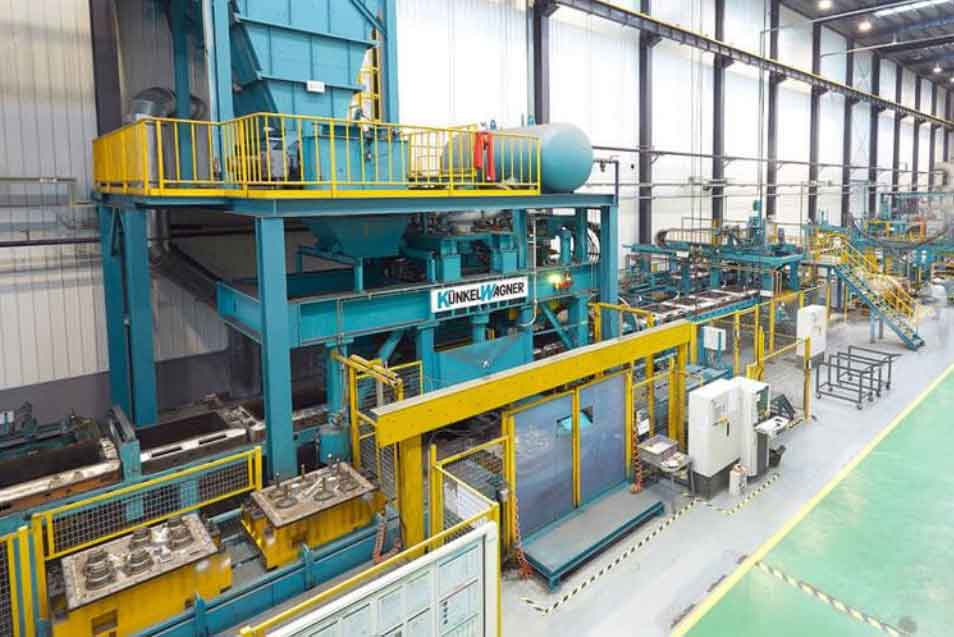Exploring the quality assurance processes of steel casting manufacturer involves understanding the rigorous steps and methodologies employed to ensure that each casting meets specific standards and customer requirements. The quality assurance (QA) process in steel casting encompasses several stages, from the initial design to the final inspection of the finished products. Here’s a detailed look at these processes:

1. Design and Engineering Review
- Initial Assessment: The QA process begins with a thorough review of the customer’s requirements and specifications. This includes assessing the intended application, load requirements, and environmental conditions steel casting will face.
- Simulation and Modeling: Advanced software is used to simulate steel casting process, including mold filling, solidification, and cooling. This helps in predicting defects and allows engineers to modify the design proactively to ensure optimal quality.
2. Material Selection and Testing
- Material Sourcing: Only high-quality raw materials are selected, adhering to international standards such as ISO or ASTM specifications. The chemical composition and mechanical properties of these materials are crucial.
- Testing: Materials undergo tests such as spectrographic analysis for chemical composition and tensile tests to verify mechanical properties.
3. Mold Design and Maintenance
- Precision in Mold Making: The molds are designed to minimize defects in steel casting. High accuracy in mold design ensures that steel castings are dimensionally accurate and require minimal machining.
- Regular Checks: Molds are regularly inspected for wear and damage to prevent quality degradation over time.
4. Melting and Pouring
- Controlled Environment: The melting process is closely monitored with controls on temperature and timing to ensure the metal’s properties are consistent.
- Pouring Technique: Techniques such as vacuum or controlled atmosphere pouring are used to reduce exposure to impurities and prevent oxidation.
5. Casting and Solidification
- Monitoring: The solidification process is monitored to ensure that it occurs without the formation of defects such as porosity or inclusions.
- Enhancements: Techniques like directional solidification are employed to improve mechanical properties and reduce stress points in steel casting.
6. Post-Casting Treatments
- Heat Treatment: Steel castings often undergo various heat treatments like annealing, quenching, and tempering to achieve desired mechanical properties.
- Surface Treatments: Depending on requirements, steel castings might also receive surface treatments to improve corrosion resistance or surface finish.
7. Inspection and Quality Control
- Non-Destructive Testing (NDT): Techniques such as X-ray, ultrasonic, and magnetic particle inspection are used to identify internal and surface defects.
- Dimensional Inspection: This includes checking the dimensions of steel casting with precise measurement tools to ensure they meet design specifications.
- Destructive Testing: Sample parts may undergo destructive testing to evaluate their performance under stress and verify longevity predictions.
8. Documentation and Traceability
- Documentation: All steps of steel casting process are documented, providing a detailed history of each batch for traceability.
- Certification: Steel castings that pass all inspections are certified with appropriate documentation to confirm they meet all customer and regulatory standards.
9. Continuous Improvement
- Feedback Loops: Regular feedback from the QA process and customer inputs are used to continually refine processes and designs.
- Training and Development: Ongoing training programs ensure that personnel are updated on the latest quality control techniques and industry standards.
By adhering to these comprehensive quality assurance steps, steel casting manufacturer can significantly enhance the reliability, durability, and performance of its products, meeting both regulatory standards and customer expectations.
